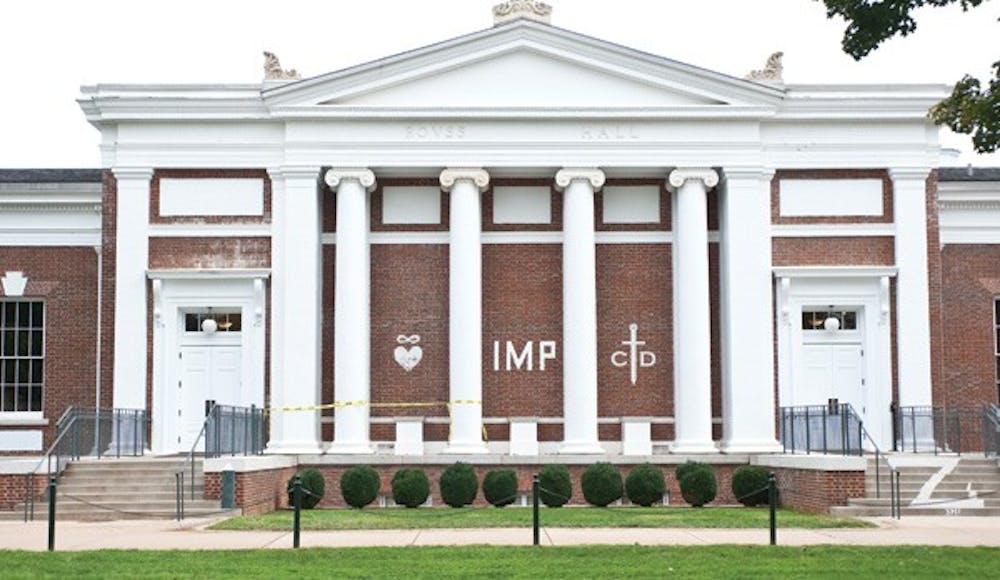The Commerce School completed its first round of admission decisions Friday, March 8. Of 577 University students who applied to the school, 239 were offered admission, 159 were deferred to decision at the end of this semester and 179 were denied. The school estimates that 85 to 90 of the deferred students will ultimately be offered admission.
Rebecca Leonard, the associate dean for student services at the McIntire School, said these 239 admitted individuals do not represent the external, non-University transfer students, who will also be offered admission.
“The University sets a target for the number of internal and external transfers to admit,” Leonard said. “This year our targets were 311 internal transfer and 25 external transfers.”
To determine which University students will be offered admission, four Commerce School faculty members read all the applications, make individual assessments and convene as a group to make final decisions for each applicant. This is done in two rounds, and the decisions made before Spring Break only represent the first.
For students deferred to the second round, Leonard named a few options for maximizing chances of acceptance. Leonard said she encourages those deferred to take advantage of a second opportunity to interview, the ability to write an additional essay and the chance to meet with an advisor in the Commerce School student services.
It’s also important “to do well in spring semester,” Leonard said, but the admission committee hopes to see more than that.
The average cummulative GPA of the applicants to the McIntire School was 3.53, and the average of the accepted student body was 3.80. The average cumulative GPA of deferred students was 3.48. Though McIntire has access to applicants’ SAT scores, they are not given much weight in decision making.
“We’re more focused on what students have done in the two years at the University,” Leonard said.
In addition to academic success at the University, Leonard stressed the importance of extracurricular involvement and work or volunteer experience. The school seeks students who not only succeed academically, but also have a high degree of involvement and leadership in outside commitments.
“We are more impressed by students who accomplish things, rather than those who are just members attending meetings,” Leonard said. “Too often students go into this process thinking ‘what does the committee want to see,’ but what we want to see is something that we’ve never seen before.”
The admissions committee does not look at in-state versus out-of-state status, and the University does not require a certain percentage of the accepted students be in-state status. However, the University does require that the Commerce School offer admission at a much higher rate to University students than to external transfers.
Transfer students, in addition to having fewer available spots, face a much different admission process. They apply using the common app and are selected separately from internal students.
The yield rate, or the number of accepted students who ultimately attend the school, for these students also differs from University transfer students. Though the historical yield among University applicants is “typically 98 or 99 percent,” Leonard said the yield among external transfer students is lower.
Leonard said external transfer students are more likely to be in a position similar to students applying to college for the first time, and are likely to apply to five or six different schools. University students who are applying to the Commerce School, however, tend to be more set in their decision, she said.






